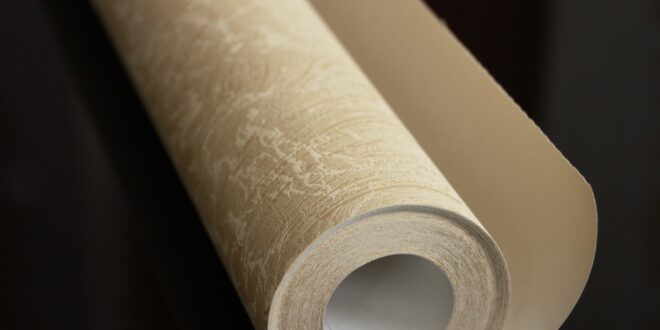Interior decorating isn’t getting any cheaper – so what do you do when your wallpaper is crying out to be retired, and you don’t have the cash to make it happen? There are several smart alternatives – some practical, and some downright creative, and they can be managed on a basic (or even a shoe-string) budget. If this sounds like you – check out the following tips:
Dust it
When was the last time you vacuumed your wallpaper? That’s right – vacuumed it! Wallpaper collects dust, just as horizontal surfaces do, and it requires regular dusting to keep it looking good. One of the simplest ways to dust walls (and to help you reach the high spots) is to vacuum it. Before you start, clear away any nearby breakables, clean the underside of the vacuum cleaner head, and make sure there are no sharp edges that could come into contact with the wallpaper.
Wash it
Washing tired wallpaper has the potential to make a huge difference to the look of a room. Many modern wallpapers are washable, using a soft cloth dampened with a solution of ¼ cup of grated, white, mild, bathroom soap dissolved in 4 litres of warm water. Some wallpapers are not colour-fast, or are made of plant fibre, such as wood pulp, and are not washable. Always test out the washability of wallpaper on a small patch of wall out-of-sight (behind furniture, for example). Leave the test patch to dry thoroughly, and only proceed further if you are sure moisture will not cause damage.
Treat and glue
Peeling wall paper is unsightly, and is often the result of temporary damp which has left behind mildew. To kill the mildew, don an appropriate mask, and use the following treatment (always testing an out-of-sight section of paper in advance – see instructions above): Spray the mildew with a solution of 5% acetic acid in the form of supermarket white vinegar. Let the vinegar remain on the surface for an hour before wiping it off with a clean, damp sponge. Spray again with the vinegar, and leave it, without wiping it off, to dry. The next day, once surfaces are thoroughly dry, fix the paper to the wall using PVA glue (glue both the wall and the paper, and leave surfaces until tacky before pressing together).
Feature wall
Often, it is only one well-worn wall lowering the tone of a room. Although it is unlikely you will be able locate matching wall paper to cover it (and even if you can, the original paper will almost certainly have faded), painting it over to create a feature wall can be the answer. Because feature walls take only a modest amount of paint to cover them, you may even find the colour you’re looking for at a recycling shop. Before you begin, test a small section of wall that is out-of-sight. Leave it overnight to dry, and continue with the prep and paint if you’re happy with the results. Top prep, repair any holes with filler, and sand smooth once it has dried. Gently sand any rough surfaces where paper has been disturbed (by picture hooks, for example). Once your wall is prepared, apply the paint. Invest in some cheap and cheerful matching cushion covers and throws, and a matching ornament and light shade. Your walls will come to life!
Distract
We only look at wallpaper when there’s nothing better to focus on. Instead of re-wallpapering, create eye-catching features such as a cluster of 3 or 4 vintage mirrors or funky handbags (displaying several similar objects in close proximity makes for a designer-look display). Pot plants double as great wallpaper distractors, too (sit them on stands or hang them from the ceiling to cover marks or tares up high, and let trailing foliage cover vertical streaks and stains). Paint old chairs too fragile to sit on, and mount all or part of them on the wall as hangers and shelves. When it comes to cover-ups, the sky’s the limit!
Enjoy bringing your walls to life without the cost of re-wallpapering – and spread the word!









Join the Discussion
Type out your comment here:
You must be logged in to post a comment.